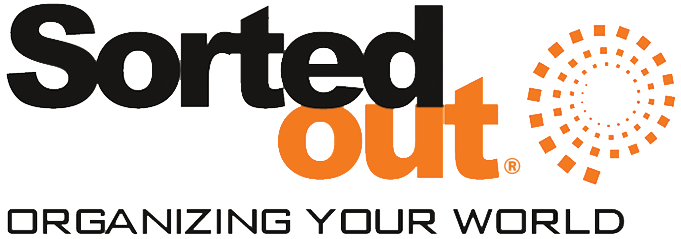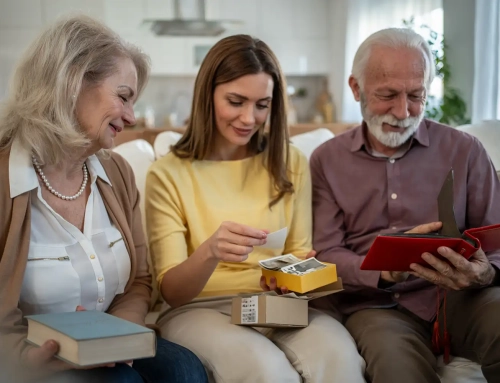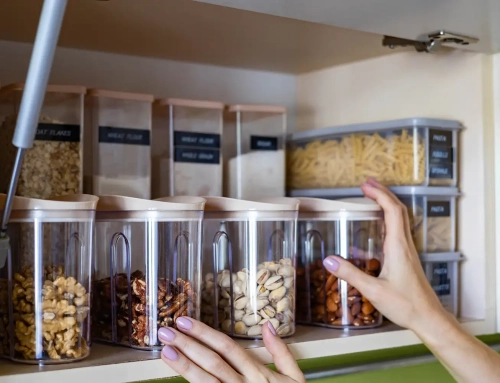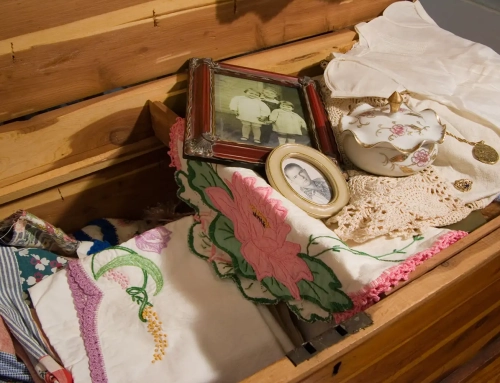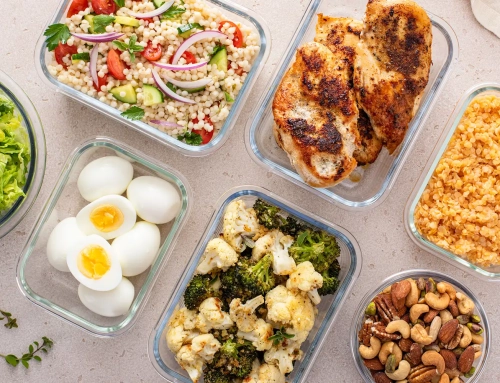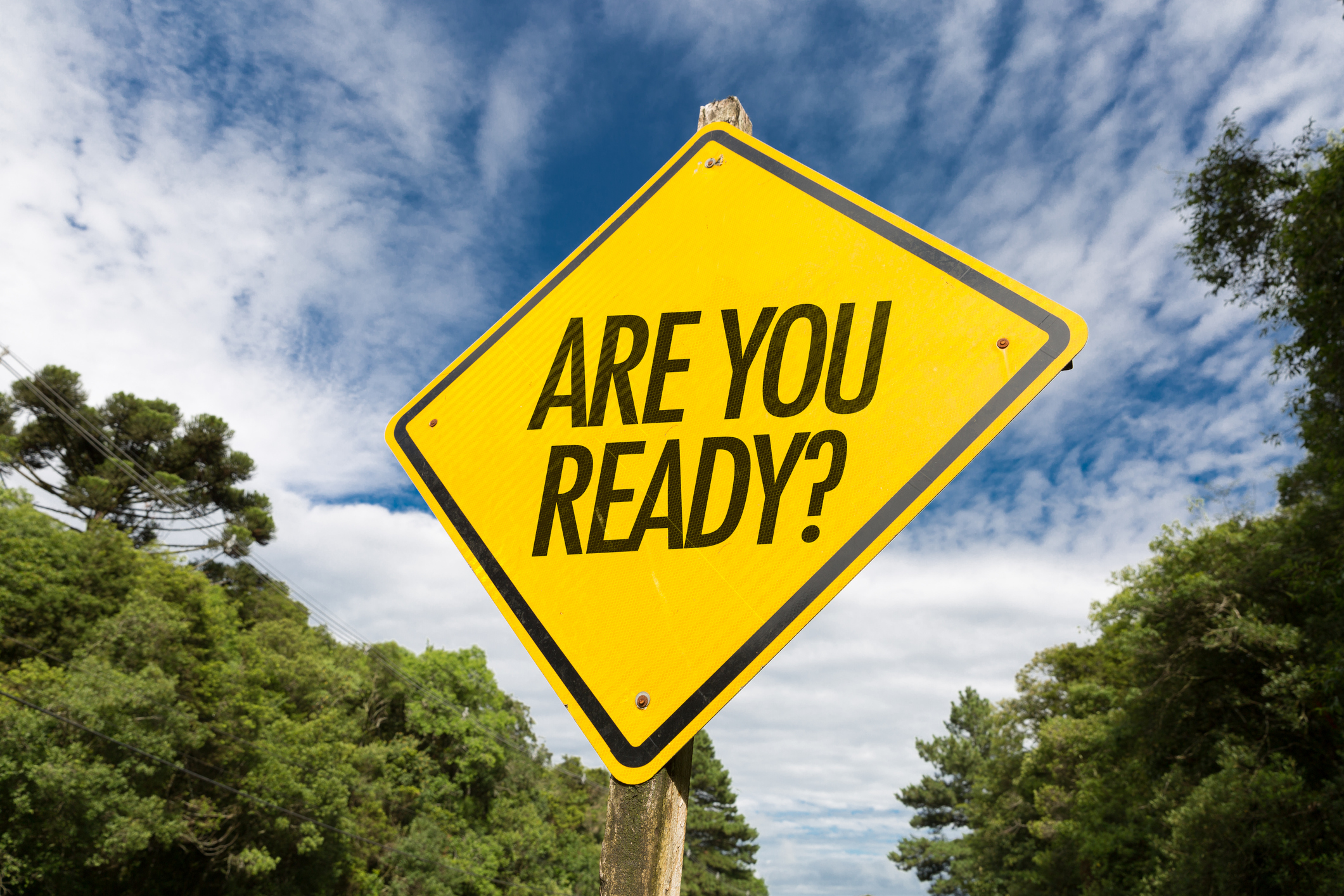
We’re seeing more and more natural disasters occurring around our country on what seems like a weekly basis. With temperatures rising and climates experiencing weather they aren’t used to, (I’m looking at you, Dallas Snowmaggeddon!) it’s imperative now more than ever to make sure you’re prepared. Today we’ll discuss how to go about preparing your home for natural disasters (specifically looking at fires, tornados, and floods). We can’t control what Mother Nature throws our way, but we can take an active approach to ensuring our safety & making sure we are prepared in the event of an emergency.
Know Your Surroundings
If you don’t already know about the natural landscape around your home, now’s the time to start. Take a walk or drive around your neighborhood, noting any areas of concern (waterbeds and creeks, dry plains, previously scorched terrain, etc.) It’s important to understand the risks of your area; get to Googling if you aren’t already familiar! Your home documents from the purchase of your home may include important info as well.
In addition to knowing your external surroundings, you should also be familiar with where the shut-off valves for gas, water, and electric are in your home. You must have an understanding in how to shut them off as well. If you need some training, look up videos on YouTube or have a local tradesman pay a visit to your home to teach you.
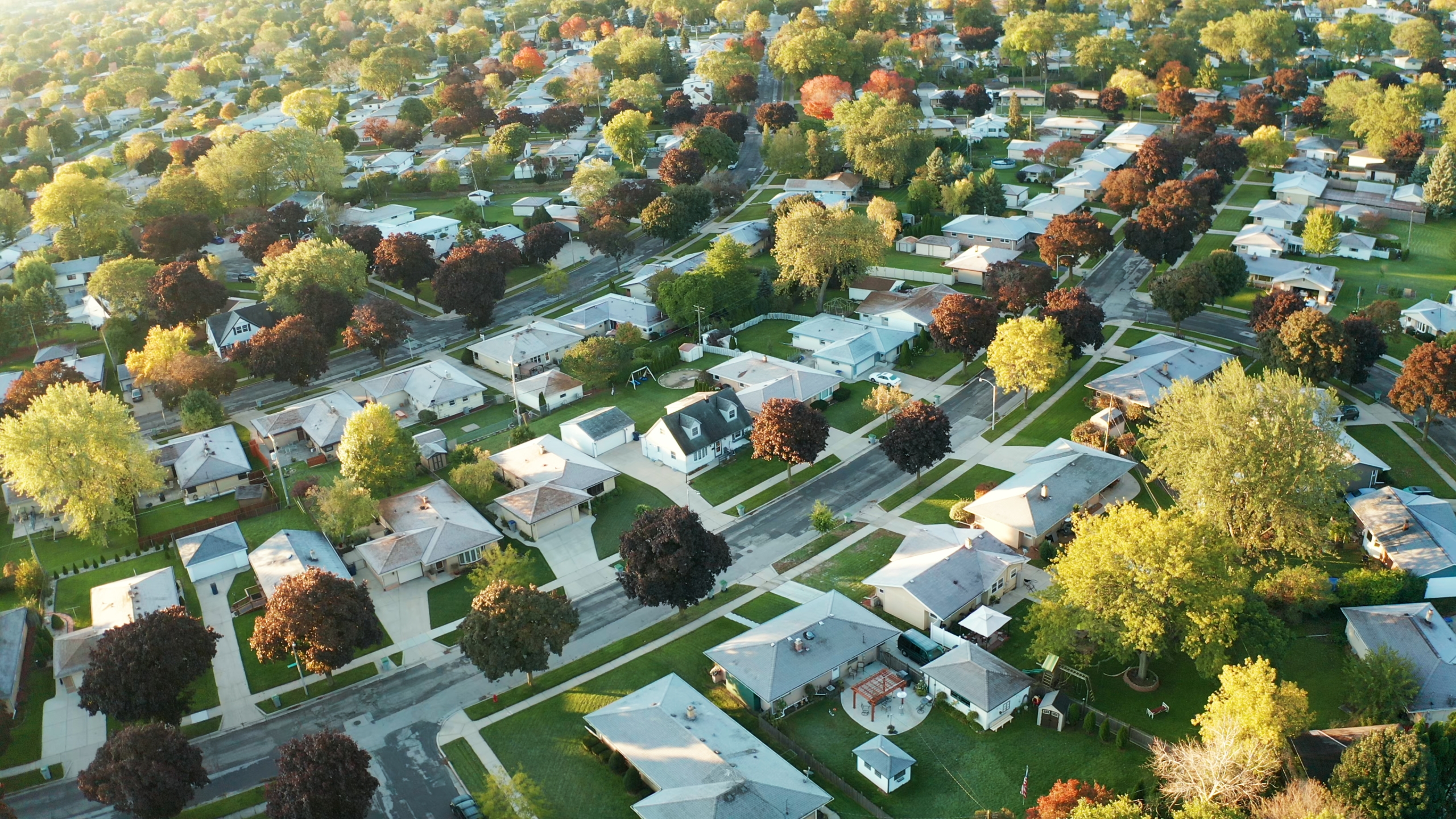
If you live near…
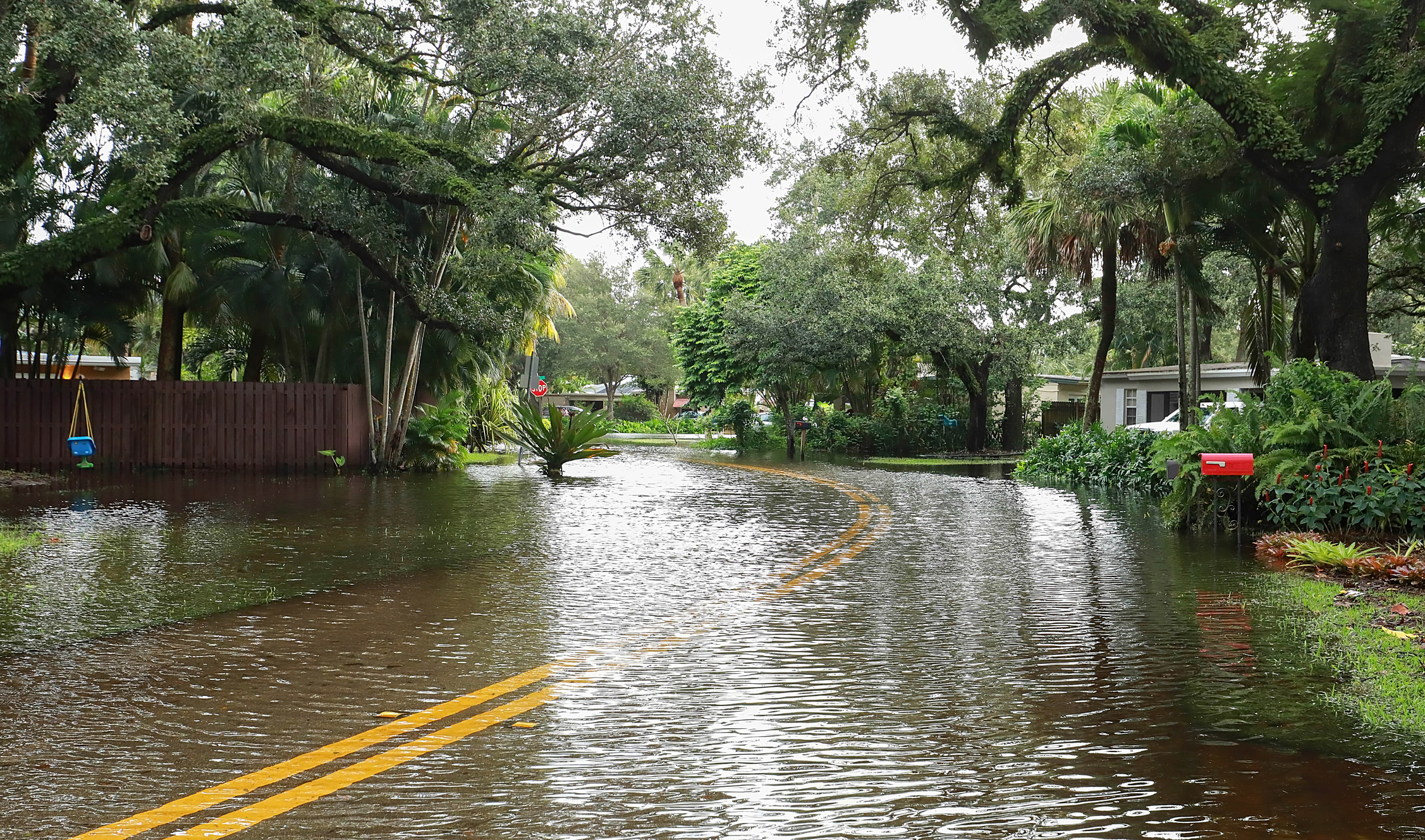
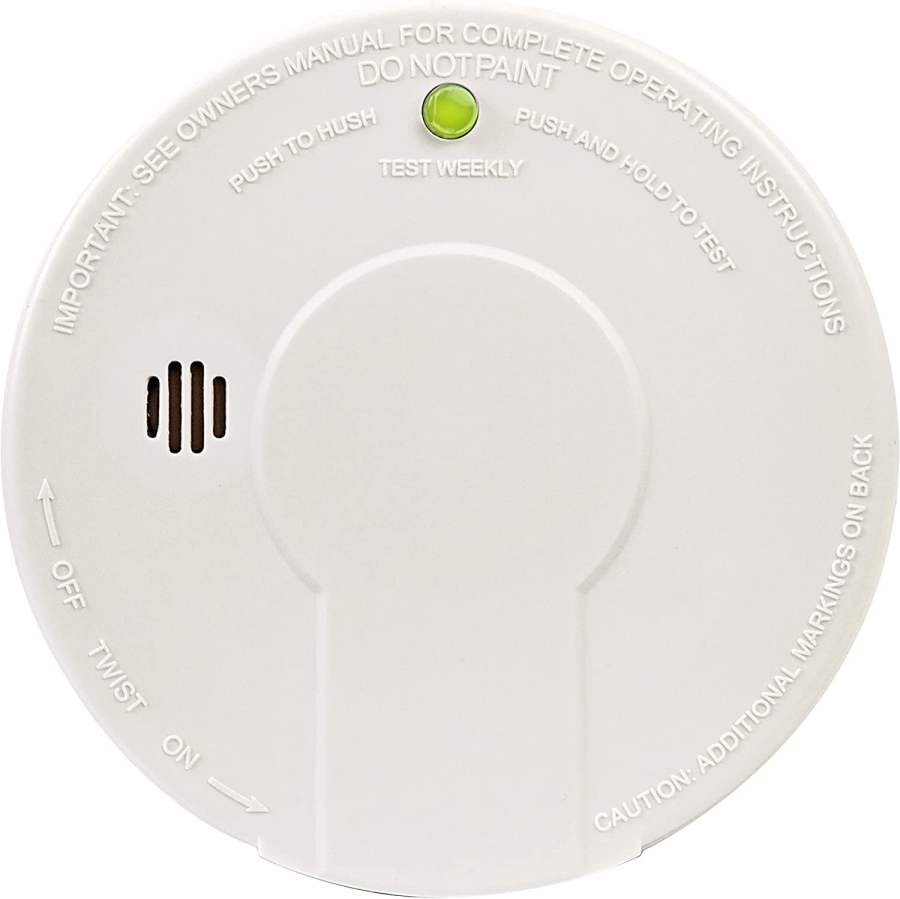
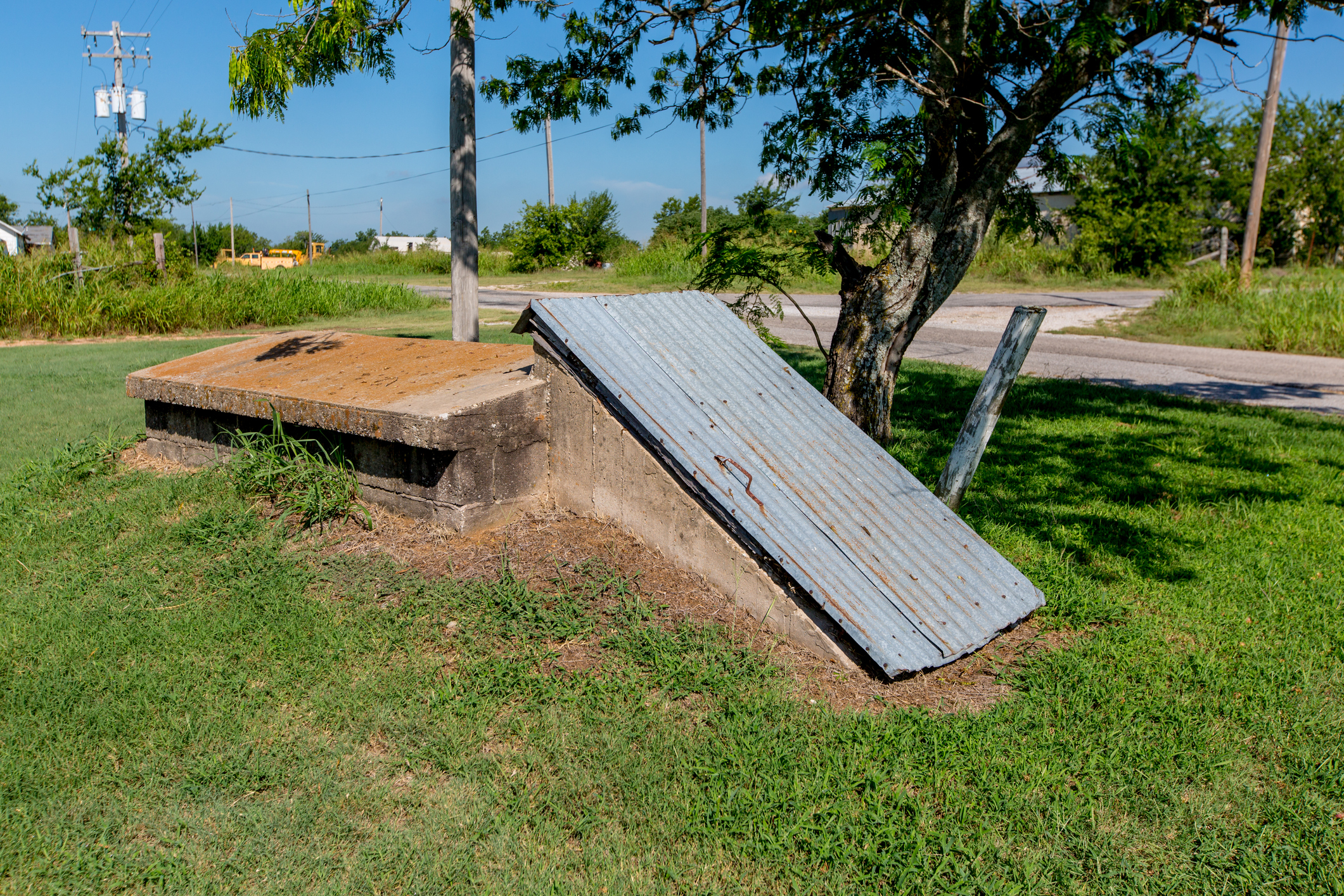
Flood Zones
There are some simple steps you can take towards ensuring your home’s safety. Start by purchasing waterproof containers and storing important items within them. We’d bet that you are already using these and didn’t even realize it! They don’t have to be an eye sore and can be used on a daily basis for storage. Keep these storage bins and any free-standing items stored about 6 inches off the ground, on a platform if you’re able. Many times, floods bring in a few inches of water and nothing more, so this step will save all of your belongings. You’ll want to install a sump pump with a backup power source (check on this – your home may already have one). Finally, make sure your electrical sockets & switches are at least a foot above the estimated flood level.
Fires
Sadly, fires are getting wider-spread and more intense. Follow these precautions to prep your home. First, make sure you’ve installed the correct amount of smoke alarms. If you need more, buy some today. They’re relatively affordable and easy to install. Test them once a month and replace the batteries at least once a year (this also helps you maintain your sanity by preventing that annoying beep…you know what we’re talking about!) Lastly, make sure everyone in your home knows what a fire alarm sounds like, how to dial 9-1-1, and STOP, DROP, ROLL procedures.
Tornados
Tornados can catch you by surprise, so it’s imperative that your home and family is as prepared as possible. Follow these FEMA guidelines to create a “safety room” within your home to protect your most prized possession: your family. A safety room may take some time to prepare and/or build out, which is why we’re mentioning it first. Make sure that your home is completely up-to-date on local building codes and you’ve properly installed storm shutters to protect your windows. In fact, nearly everything on the outside of your home can be double checked for tornado-resistance: garage doors, chimneys, shingles, caulking, locks, and hinges. If you aren’t the DIY handyman type, reach out to a local professional to come take a look and help you ensure safety.
Have a Plan in Place
Create a plan that every household member is aware of. It’s important to review these plans regularly (once per month) so that no one is caught off guard or forgets, come disaster time. These plans include shelter-in-place, evacuation routes, and communication/regrouping locations/expectations. Specifically, discuss the following with your household:
- Know where the hospitals & evacuation routes are nearest to you.
- Have a place established as to where you & your family will go, where you can all meet up if you are separated.
- Know where open emergency shelters are located (RedCross keeps a list). You can also text the word SHELTER and your zip code to 43362 (4FEMA). If applicable, make sure ahead of time that the designated place takes animals.
- Keep your vehicle’s gas tanks full.
- If necessary, make sure each family member is aware of specific tasks that may be delegated to them & confirm they are comfortable and capable to take action if needed. This may include securing important documents, rounding up pets, and grabbing your “in case of emergency” bags.
- Know how you are receiving messages/information about what is going on. These days, you are able to receive alerts via cell phone, social media, and by purchasing a NOAA receiver.
- Have a designated contact person (not near your area) that your family can all contact if you get separated. Make sure everyone memorizes their number & also has them listed as a “favorite” contact in their phones.
- Keep in mind the region that you live & be aware of your specific disaster risk factors, such as if you are in a hurricane/tornado zone, prone to flooding, earthquakes, wildfires or hail/snowstorms. Know your local warning system for such disasters, whether it is a siren or radio-based alert. Make sure every person in your household (especially kiddos) know what to do when these alerts occur. Consider also following local pages on social media for regular updates on what is happening in your area.
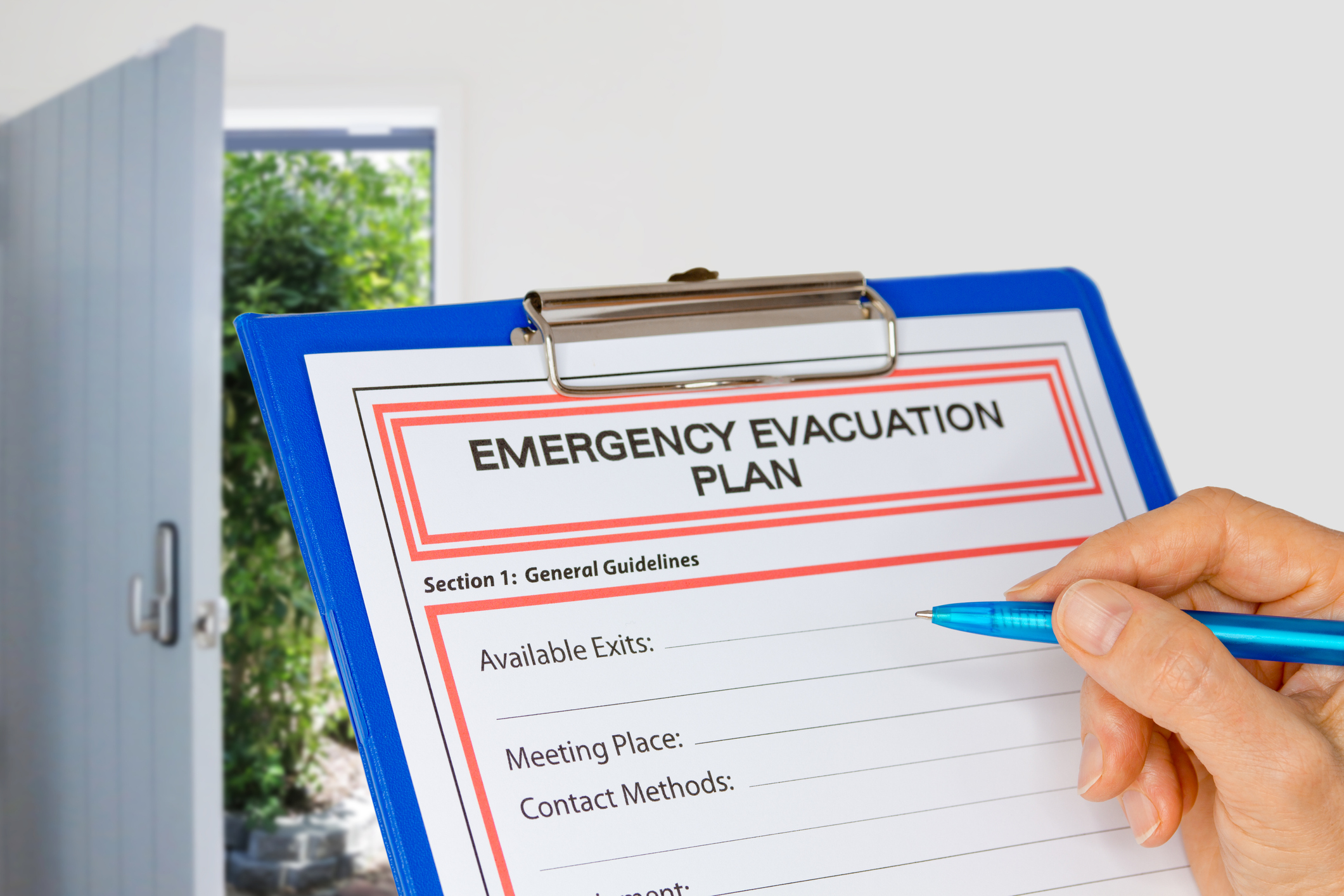
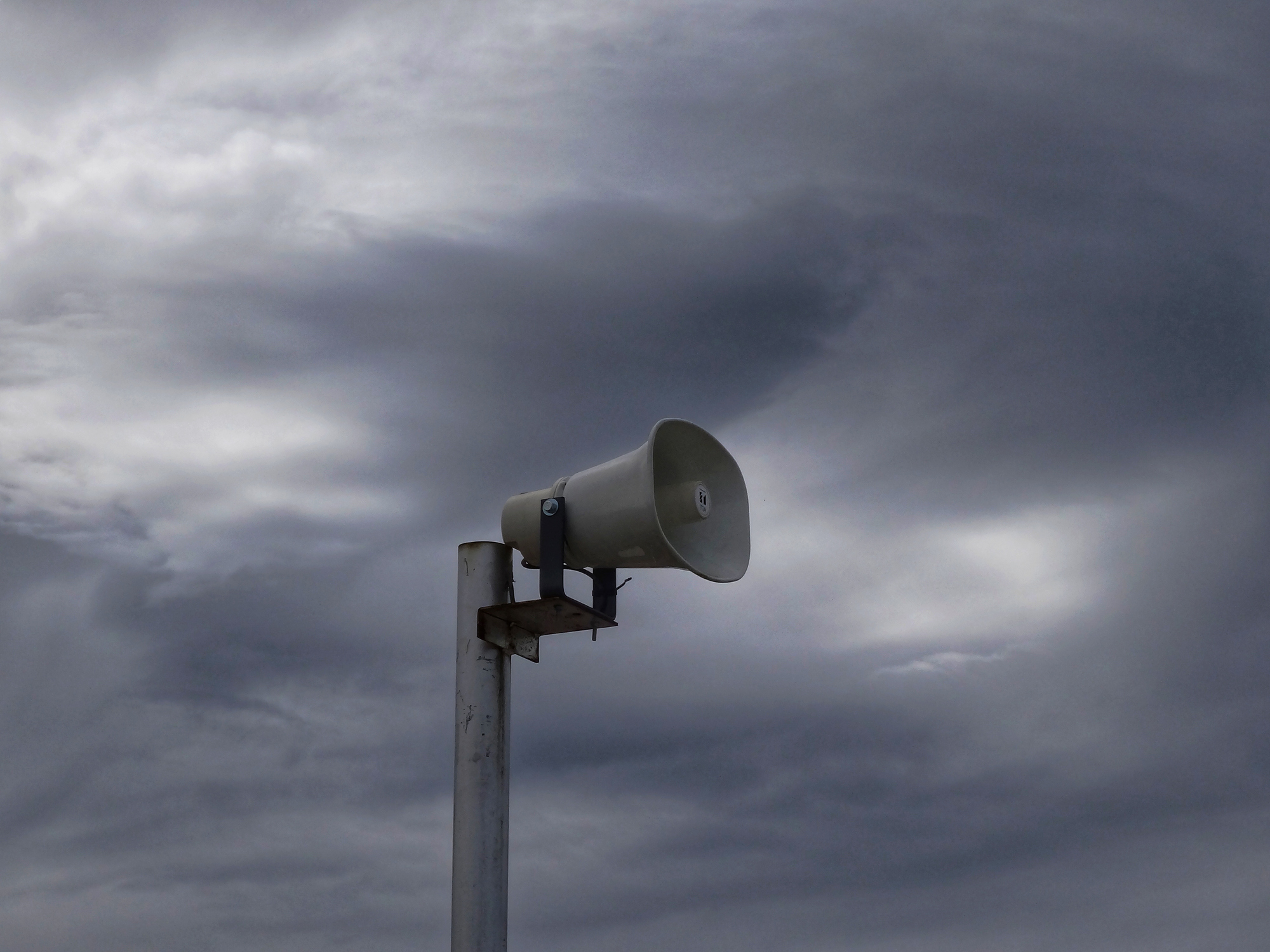
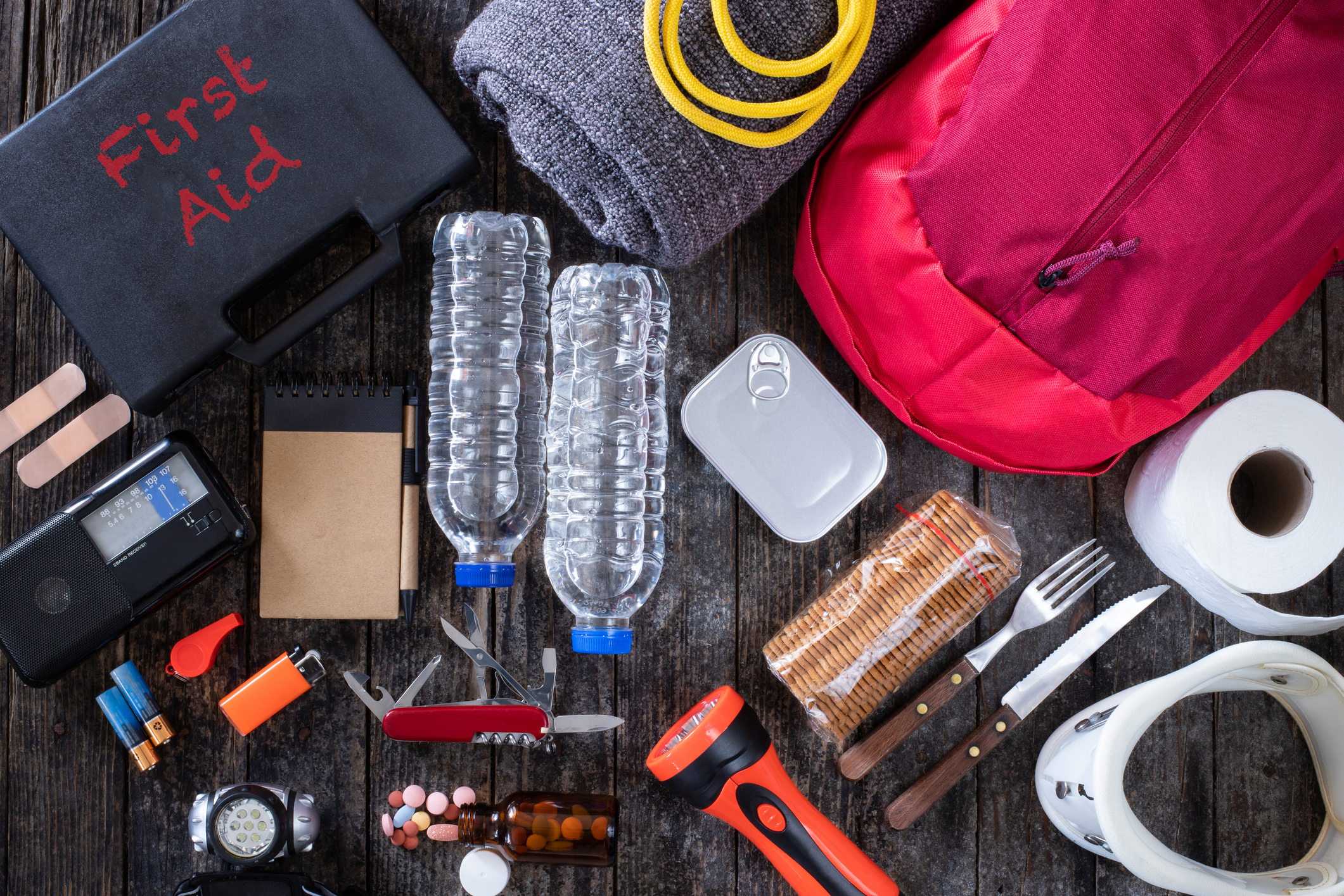
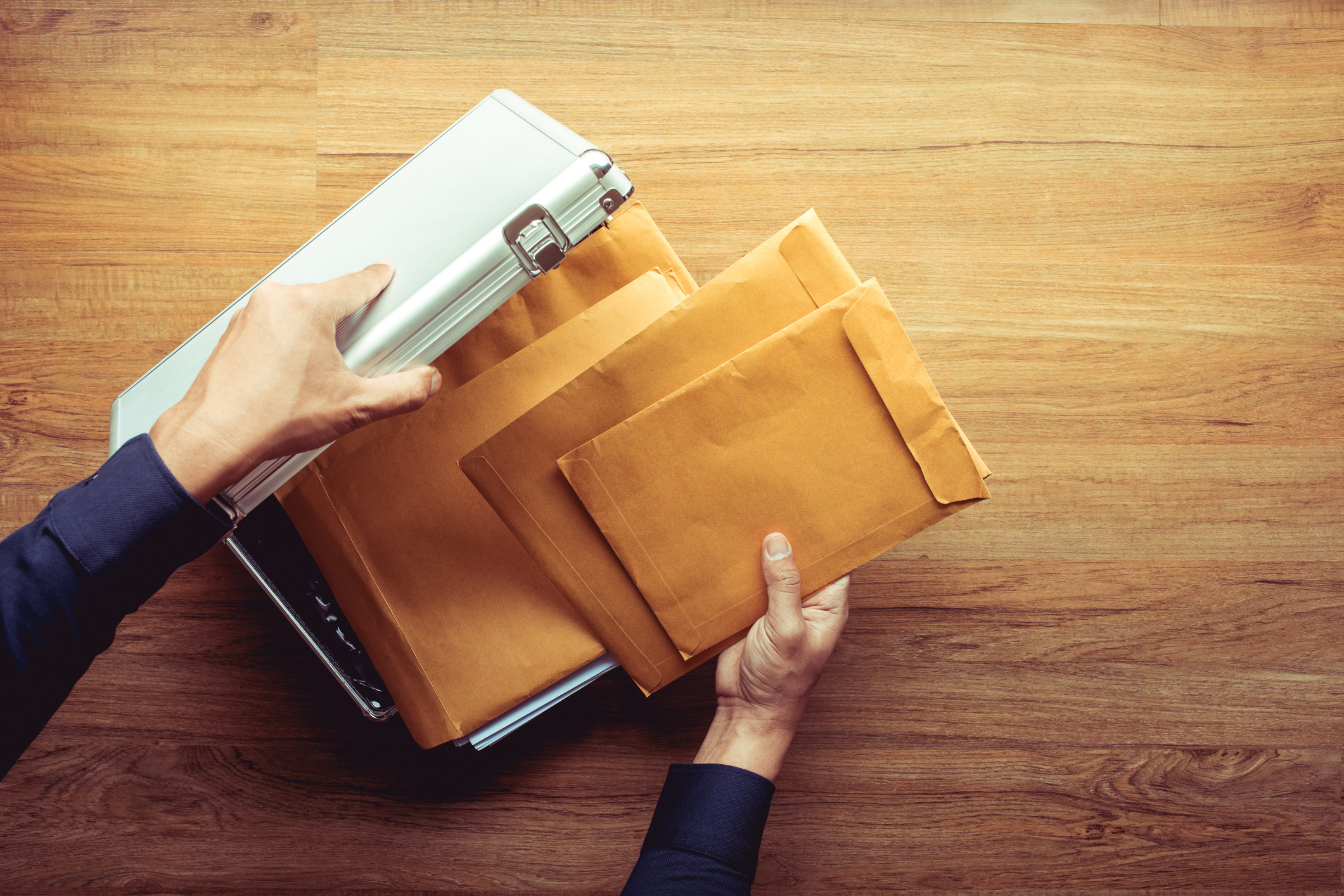
Emergency Kit
Encouraging households to have an emergency kit isn’t anything new or profound, but you’d be surprised how many homes have kits with expired food, de-plenished water supply, or outdated documentation. Not only should you have a kit, but it needs to be as updated as possible. It’s a great idea to check your emergency kit inventory annually, allowing you time to get updated documents or do some shopping if needed.
Here are the items every emergency kit should include:
- Batteries + flashlights
- 3-day supply of canned food/ready-to-eat meals
- 3-day supply of water
- Disposable dishes (paper plates, utensils, etc.)
- Copies of important documents
- First Aid kit (including any important medications/eyeglasses/denture supplies, etc.)
- Hygiene/sanitation items (toilet paper or wipes, soap, sanitizer, garbage bags & feminine supplies)
- Make sure everyone has a change of clothes & something to keep them warm. You might want to include a pair of gloves, a hard hat, and sunglasses.
- Pet supplies (food, ID tags, leashes, etc.)
- If you have young children, you may also need baby items (formula, diapers, bottles, etc.)
- Emergency contact sheets with important phone numbers listed
You’ll also want to keep all of your important documentation together, in an easy-to-grab location. Items you’ll want to bring with you include original documents like birth and marriage certificates, IDs, insurance cards, checks, and credit cards.
While we all hope that we’ll never have to face a natural disaster head-on, preparing your home for natural disasters can help you rest easy. Have other tips for our community here? Drop them in the comments below! Should you need assistance in checking off this list, reach out to us at info@sortedout.com, we’re always happy to help.
Looking forward to hearing from you and stay safe!
Tonia
